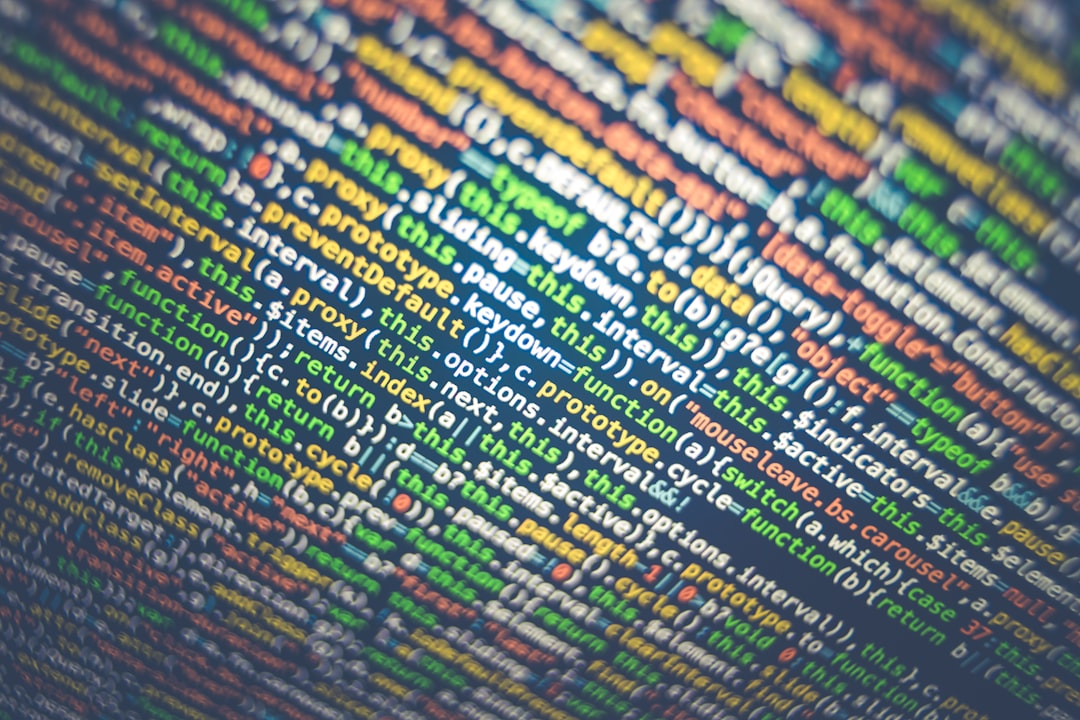What is it about?
The state-of-the-art of the technique of Electron probe microanalysis (EPMA) is reviewed. Recent advancements allow the extension of the method to the analysis of trace elements, ultra-light elements, small particles, and thin films, with a high degree of accuracy and precision and within a considerably reduced volume of interaction. A number of working examples and a thorough list of references provide the reader with a working knowledge of the capabilities and limitations of EPMA today.
Featured Image
Why is it important?
A number of working examples and a thorough list of references provide the reader with a working knowledge of the capabilities and limitations of Electron Probe Micro-Aanalysis today.
Perspectives
I hope you will enjoy reading this article as much as we have enjoyed writing it.
Professor Romano Rinaldi
Department of Physics and Geology
Read the Original
This page is a summary of: Electron Probe Microanalysis: A Review of the Past, Present, and Future, Microscopy and Microanalysis, May 2015, Cambridge University Press,
DOI: 10.1017/s1431927615000409.
You can read the full text:
Contributors
The following have contributed to this page










